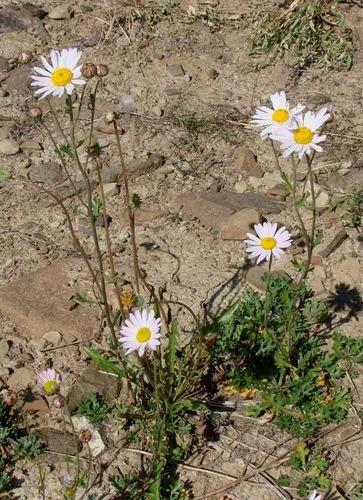Leopoldia comosa (syn. Muscari comosum) is a perennial bulbous plant. Usually called the tassel hyacinth or tassel grape hyacinth, it is one of a number of species and genera also known as grape hyacinths. It is found in rocky ground and cultivated areas, such as cornfields and vineyards in the Mediterranean region, but has naturalized elsewhere. In southern Italy and Greece, its bulb is a culinary delicacy.
Common Grape Hyacinth Care
Muscari comosum



It has a tuft of bright blue to violet-blue sterile flowers above brownish-green fertile flowers, which open from dark blue buds, reminiscent of a menorah candelabrum. This tuft gives rise to the name "tassel hyacinth". The flower stem is 20–60 cm tall; individual flowers are borne on long stalks, purple in the case of the sterile upper flowers. Mature fertile flowers are 5–10 mm long with stalks of this length or more and are bell-shaped, opening at the mouth, where there are paler lobes. The linear leaves are 5–15 mm wide, with a central channel.[4][7]
This plant is useful.
How to get rid of: Leopoldia comosa naturalizes easily and may become invasive. You can get rid of it by hand-pulling, hoeing, or cultivation.
How to Care for the Plant

Popularity

129 people already have this plant 30 people have added this plant to their wishlists
Discover more plants with the list below
Popular articles






